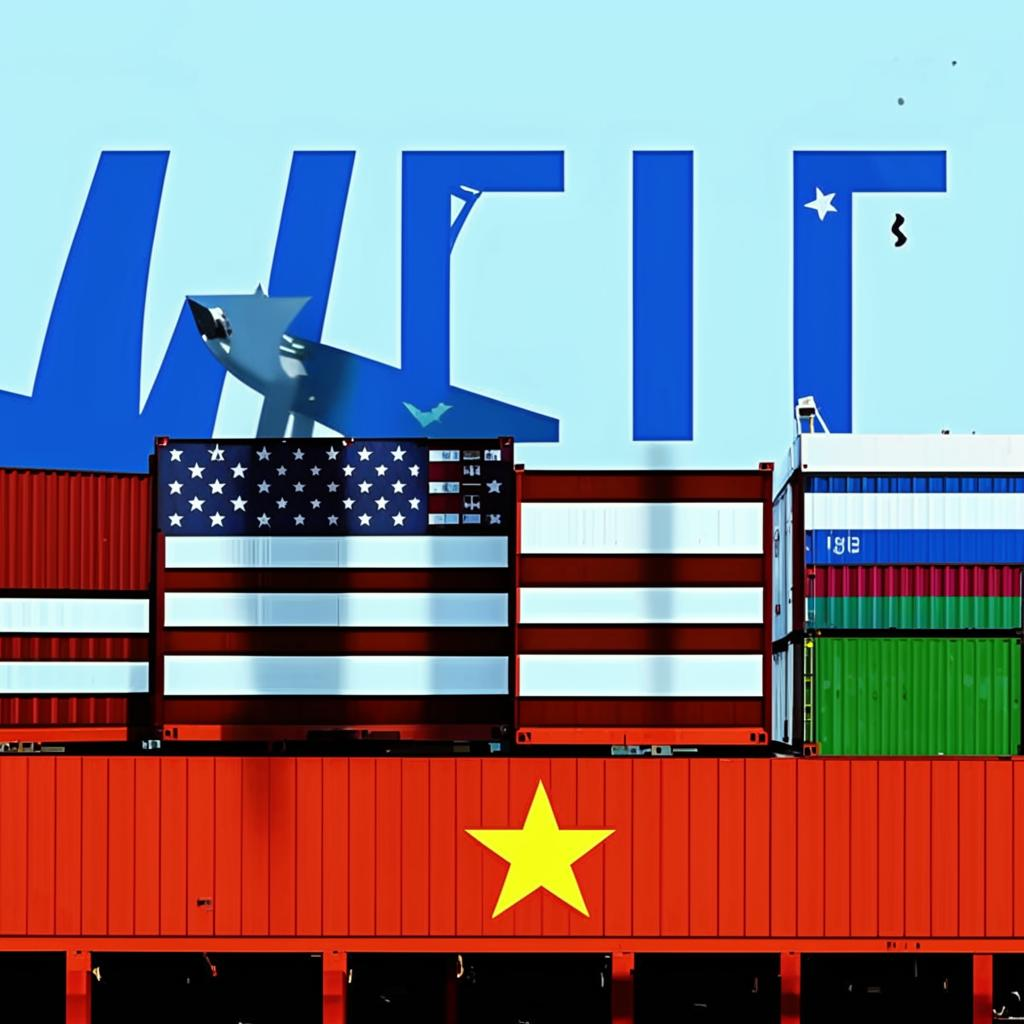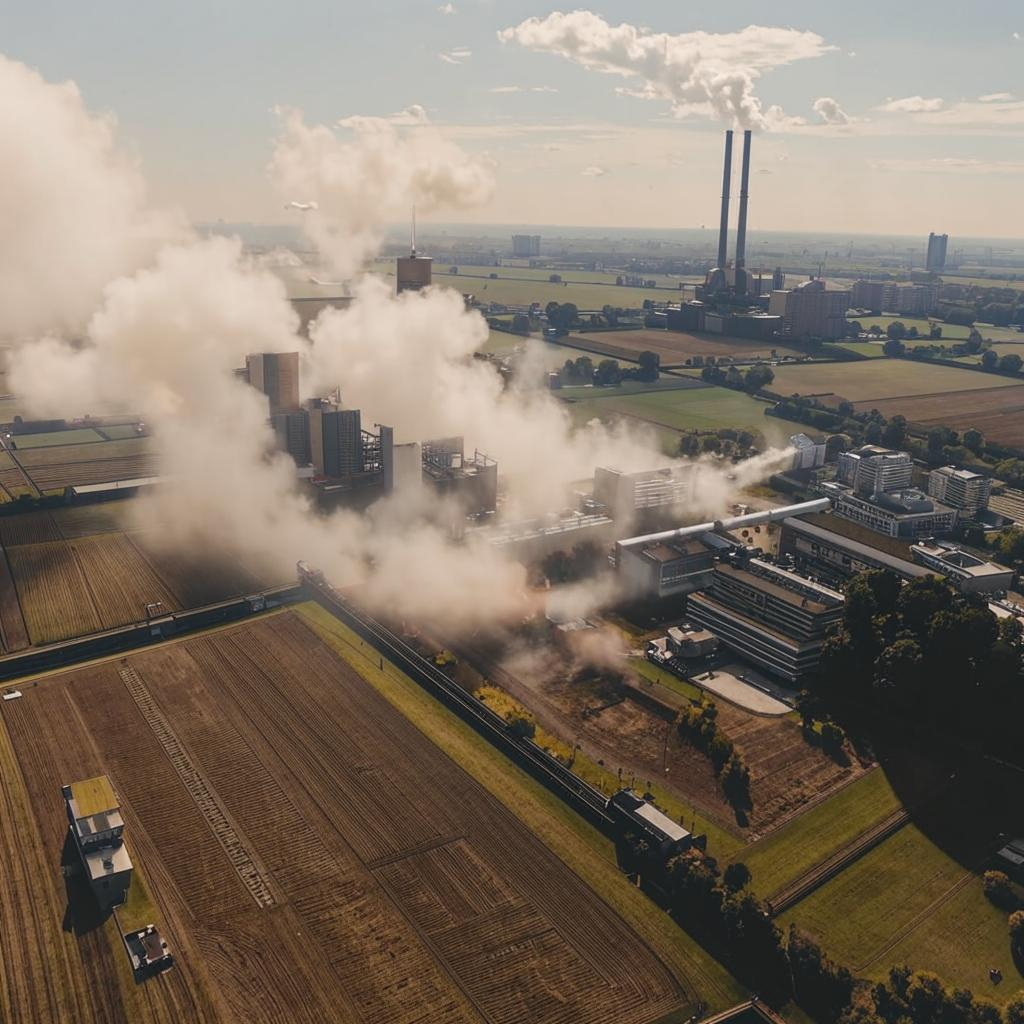Inflation continues to cast a long shadow over the American economy, creating significant challenges for households and businesses alike. Despite efforts by the Federal Reserve to curb rising prices through interest rate hikes, inflation remains stubbornly elevated. This persistence is fueled by a complex interplay of factors, including supply chain disruptions, strong consumer demand, and geopolitical uncertainties.
For consumers, the impact is felt most acutely at the grocery store, the gas pump, and in housing costs. Everyday essentials have become more expensive, forcing families to make difficult choices about their spending. Lower-income households, in particular, are disproportionately affected as a larger share of their income is allocated to basic necessities.
Businesses are also grappling with the challenges of rising costs. Manufacturers face higher prices for raw materials and transportation, while retailers struggle to maintain profit margins in the face of price-sensitive consumers. The uncertainty surrounding the future path of inflation makes it difficult for businesses to plan and invest.
Economists are closely monitoring various economic indicators to assess the trajectory of inflation. Some believe that inflation will gradually ease as supply chain bottlenecks resolve and demand moderates. Others worry that inflation could become entrenched, requiring more aggressive intervention by the Federal Reserve.
The political implications of inflation are also significant. High inflation rates can erode public confidence in the government’s ability to manage the economy, leading to increased political pressure to take action. As the midterm elections approach, inflation is likely to be a key issue for voters.















